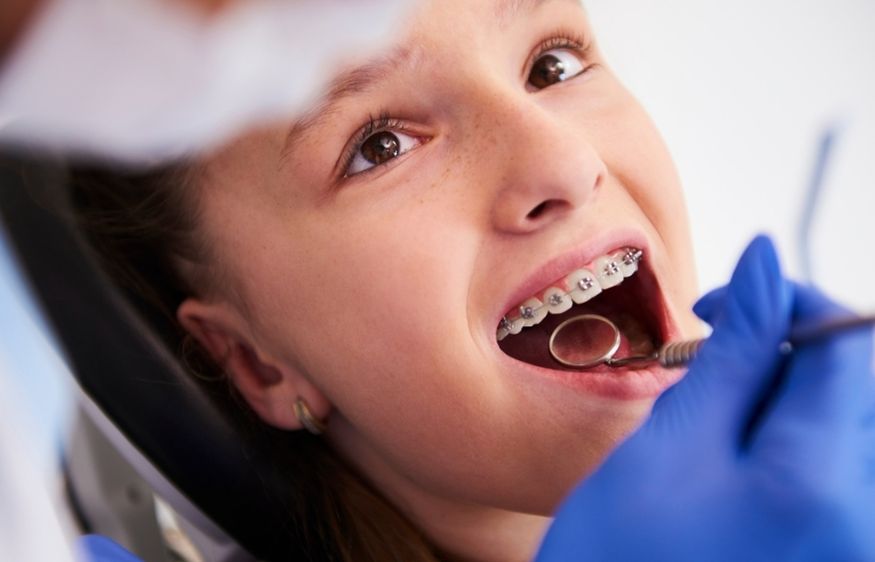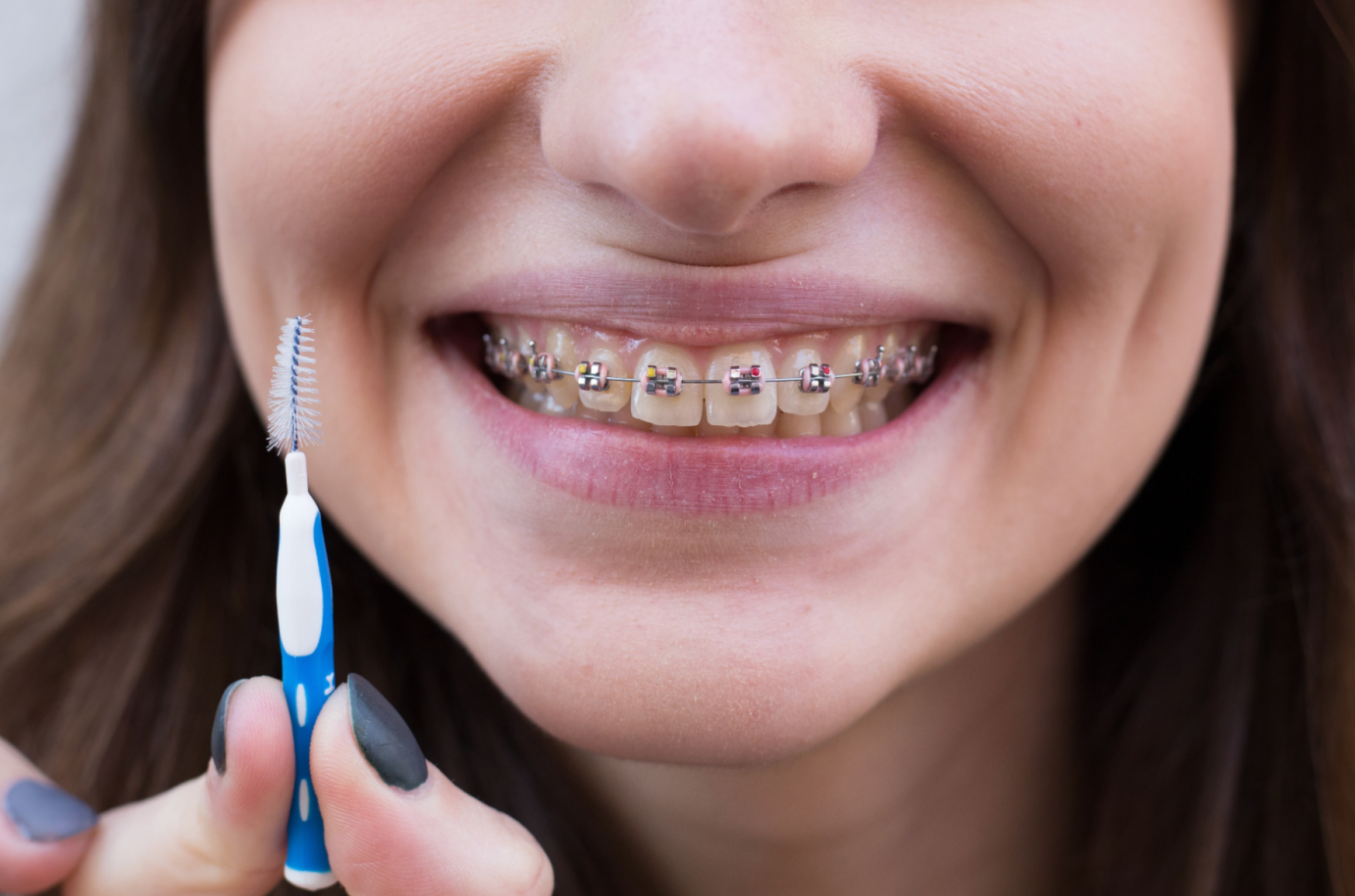As parents, you want the best for your child’s health, and that includes their smile. Many may not realize that orthodontic care can begin much earlier than they expect. Early orthodontic treatment, often referred to as Phase 1 treatment, is becoming increasingly common for children. If you’re wondering whether it’s necessary or beneficial for your child, read on to understand why early intervention can make a significant difference in your child’s dental health.
What is Early Orthodontic Treatment?
Early orthodontic treatment involves identifying potential dental and skeletal issues before they become major problems. The goal is to address problems while the child’s teeth and jaws are still growing, taking advantage of the development process to guide teeth into their proper position. Phase 1 orthodontic treatment focuses on correcting bite problems, issues with jaw alignment, or overcrowding before all of the permanent teeth have erupted. The timing of this intervention can significantly reduce the complexity of later comprehensive treatment.
Why Should Your Child See an Orthodontist Early?
The American Association of Orthodontists recommends that children have their first orthodontic evaluation by the age of 7. This is a key developmental time when orthodontists can spot early signs of potential issues that might go unnoticed. The first set of permanent molars and incisors typically emerge around this age, and orthodontists can use X-rays and physical exams to detect problems.
Some common issues that can be identified during an early evaluation include:
- Crossbite – When the upper and lower teeth don’t meet correctly – this can occur in the front or the
back. - Crowding – Insufficient space for teeth to erupt, leading to misalignment.
- Overbite – The upper front teeth overlap significantly with the lower teeth.
- Underbite – The lower teeth protrude past the upper teeth.
- Thumb-sucking – A habit that can affect the growth of the teeth and jaw.
Identifying these problems early allows orthodontists to intervene with less invasive treatments that guide development.
The Benefits of Early Treatment
- Prevention of Serious Issues
Early intervention can prevent more severe dental problems down the road. For example, if your child’s bite is misaligned, early treatment can prevent uneven wear on the teeth, difficulty chewing, or jaw discomfort as they grow older. - Guiding Proper Growth and Development
The bones of the upper jaw are more movable when children are young. Early orthodontic treatments can take advantage of this by guiding the jaw and teeth into better positions, which may reduce the need for additional treatments in the future. - Shorter Treatment
When problems are caught early, treatments tend to be shorter. By addressing the issues before all permanent teeth have erupted, the orthodontist can make use of your child’s natural growth to correct issues more easily. This can prevent the need for more invasive treatments, such as extractions or more extended use of braces. - Improved Self-Esteem
Orthodontic treatment can improve your child’s confidence. If your child has noticeable dental issues, such as gaps, misalignment, or an overbite, it can affect their self-esteem. Early treatment can boost their confidence by giving them a straighter smile and improved oral health. - Less Discomfort During Later Stages
Addressing problems early can also reduce the need for more extensive procedures later on, such as the need to extract teeth or undergo more uncomfortable orthodontic work. Phase 1 treatment sets the foundation for a smoother, more comfortable treatment experience when children get older.
What Does Early Treatment Involve?
Early treatment may involve a range of approaches depending on your child’s specific needs. Some common treatments include:
- Braces: In some cases, partial braces may be used to correct spacing or alignment issues.
- Palatal Expander: An appliance that widens the upper jaw to create more space for teeth to emerge and correct any width discrepancies between the upper and lower jaws.
- Retainers: Used to help retain the position of teeth after initial treatment and prevent relapse.
- Headgear: A device worn outside the mouth (usually just at night) to help correct the position of the teeth and jaw.
The exact treatment plan will depend on the specific needs of the child, and Dr. Tewes will work with you to develop the best approach.
How to Know if Your Child Needs Early Orthodontic Treatment
Some signs that your child might need early orthodontic intervention include:
- Prolonged thumb-sucking or pacifier use.
- Teeth that are not aligning properly as they grow.
- Difficulty chewing or biting food.
- Teeth or jaws that make noises when opening and closing the mouth.
- A history of breathing through the mouth rather than the nose.
If you notice any of these issues, it’s worth scheduling a consultation with an orthodontist.
Conclusion
Early orthodontic treatment provides several benefits that can lead to a healthier, more confident smile for your child. By addressing problems early, you can save your child time, money, and discomfort down the road. The first step is an evaluation with Dr. Tewes by age 7. If you think your child may benefit from early treatment, consider scheduling a free consultation to learn more about your options. Orthodontics doesn’t have to be scary. We are here to make it a positive experience for both you and your child!



